

The Aotearoa New Zealand longfin eel tuna (Anguilla dieffenbachii) is New Zealand’s only endemic freshwater eel. Our shortfin eel (Anguilla australis) is also found in Australia and some Pacific ...
READ MORE

Riffles, pools, reaches, rapids, waterfalls, glides, eddies, meanders, overhangs and undercuts – there’s more to a stream than just water. Streams are smaller water bodies, characterised by ...
READ MORE
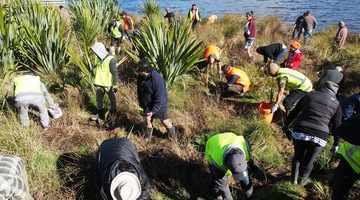
Our freshwater native fish like to keep their cool. They’re used to shaded waterways lined with dense vegetation because over 80% of New Zealand was once forested. Stream work for fish is ...
READ MORE

Scientists from Lakes380 – Our lakes’ health: past, present, future sampled around 10% of lakes in Aotearoa New Zealand larger than 1 hectare (about the size of a rugby field). They collected ...
READ MORE
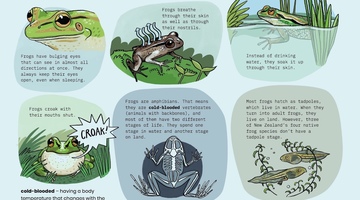
Frogs for the future? is a ready-to-use cross curricular teaching resource. It uses the Ministry of Education’s 2019 Connected article Kimihia Kermit by Philippa Werry. Rights: Crown 2019 Frog ...
READ MORE

Environmental DNA (eDNA) has revolutionised how scientists monitor ecosystems and identify the species that live in them. eDNA is genetic material found in hair, scales, skin and even faeces ...
READ MORE
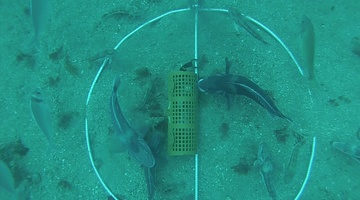
Come and visit Aotearoa New Zealand’s underwater world in this online citizen science project. Discover, count and identify unique fish species that live within our marine reserves ...
READ MORE
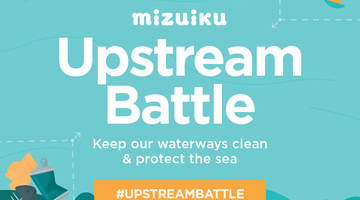
Did you know that 80% of marine litter globally starts life on land? Mizuiku Upstream Battle is a citizen science programme run by Keep New Zealand Beautiful. It aims to get volunteers across ...
READ MORE

This citizen science project wants your assistance to extract information from various climate scientific graphics to help combat misinformation and support scientific communication. Using this ...
READ MORE

The Garden Bird survey is New Zealand’s longest running citizen science project! Join the Garden Bird survey researchers from Manaaki Whenua – Landcare Research, Dr Angela Brandt and Dr Gradon ...
READ MORE

School science is engaging when it makes connections to students’ everyday lives (Osborne & Collins, 2001) and when they have an opportunity to experience physical phenomena first-hand – the ...
READ MORE
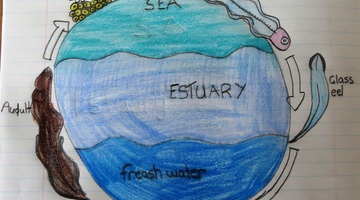
It is necessary for teachers to adapt activities that are externally sourced and created by others to optimise their students’ opportunities for learning science. Activities are productive when ...
READ MORE
Researcher Erina Watene-Rawiri describes the life cycle of eels. Updated science: In this video Erina explains that the leptocephali – eel larvae – 'float' back upstream on the current. Current ...
READ MORE
Researcher Cheri van Schravendijk-Goodman discusses the problem with culverts that disconnect habitats of fish from the main river. She describes the use of fish ramps and baffles and how they ...
READ MORE
Researcher Cheri van Schravendijk-Goodman explains why some plants are considered pest plants within the Waikato River catchment. These plants invade the catchment area and often compete with ...
READ MORE

Learn how farms can keep waterways healthy for those downstream and for our precious native freshwater fish, all while benefiting farm health and the farming operation’s bottom line.
READ MORE
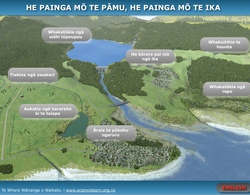
Tirohia ngā rautaki e ora tonu ai ngā arawai mō ērā kei te taha whakararo o te wai me ngā ika taketake, waihoki ka whaihua hoki ngā pāmu, e kore ai hoki e heke iho ngā putanga. Hei tirotiro i te ...
READ MORE

Exploring moths as ecological indicators of health and connectedness in our natural world. Select here for further information, transcript and copyright.
READ MORE